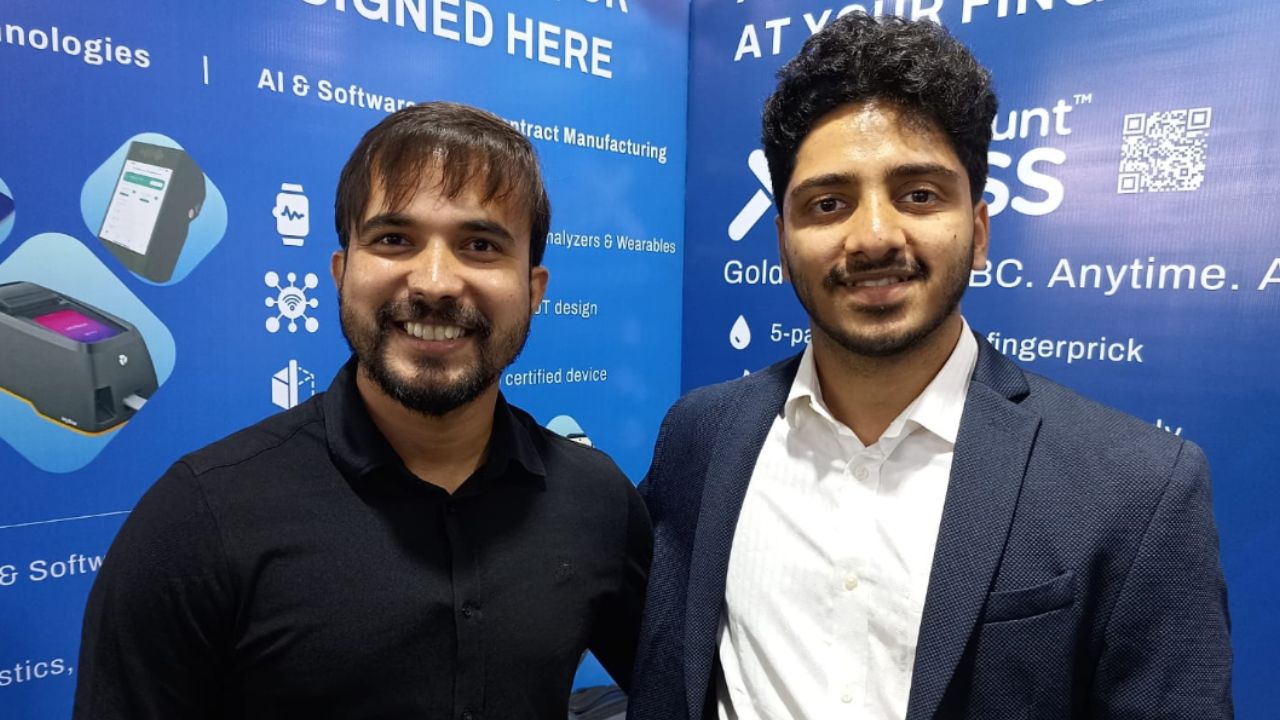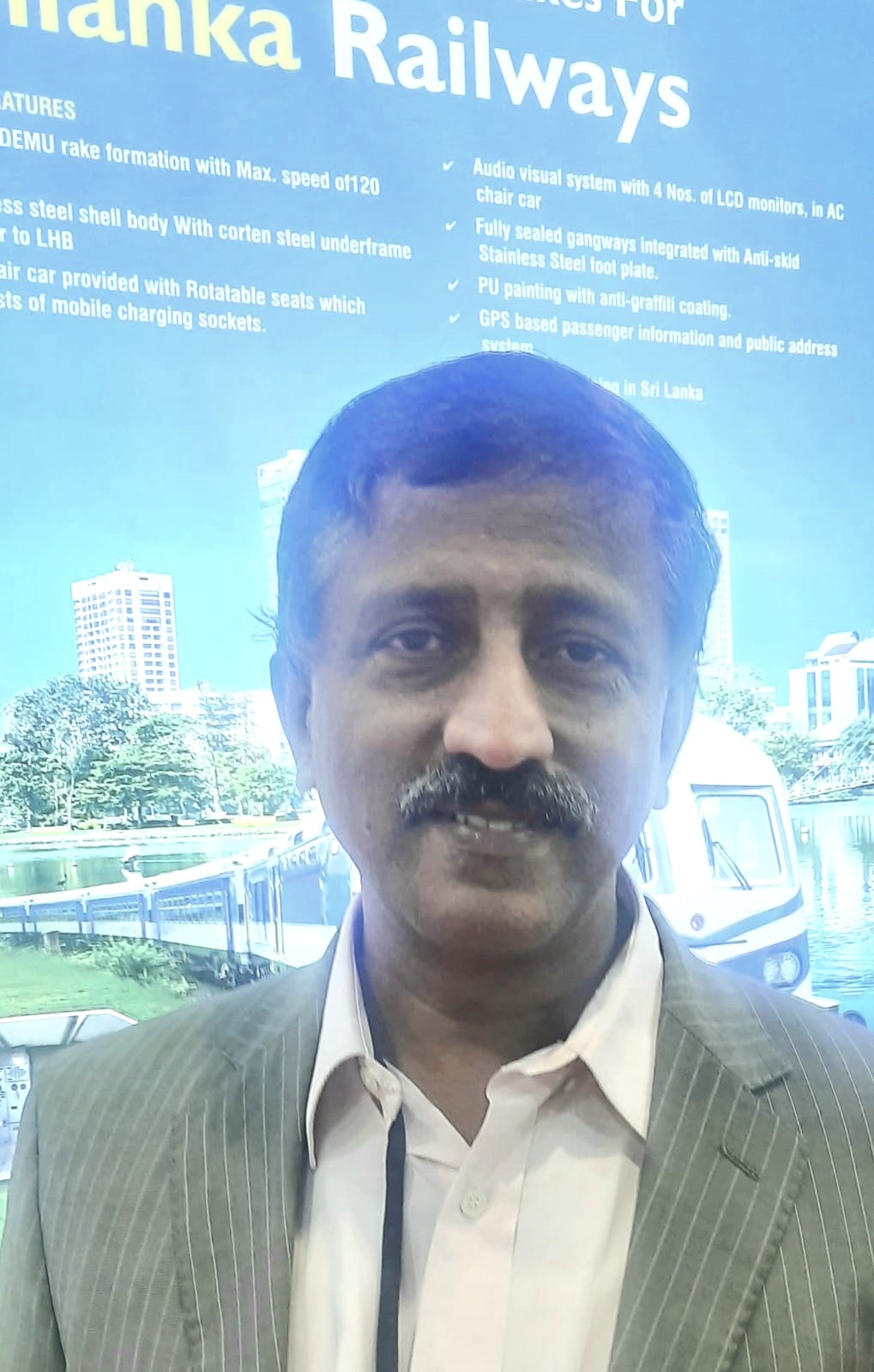Dr. Suman Shrey Singh, a patent expert, currently serves as a Consultant to the Office of Controller General of Patents, Design & Trade Marks, Ministry of Commerce & Industry, Department for Promotion of Industry and Internal Trade, Govt. of India. Previously, he held the esteemed position of Joint Controller of Patents & Designs, Designated CPIO, and Nodal Officer for the Aadhaar Enabled Biometric Attendance System (AEBAS).
In an exclusive interaction with The Interview World, Dr. Suman Shrey Singh sheds light on the burgeoning trend of filing patents in India. He underscores the complexities and areas of concern inherent in the drafting process of patents, stressing the importance of thorough examination and attention to detail.
His invaluable advice to innovators emphasizes the critical need for a comprehensive understanding of patent intricacies. From his interview, here emerge key insights illuminating the landscape of patenting in India and guiding principles for navigating its challenges.
Q: What factors influence the evolving attitudes of young innovators towards filing of patents in India?
A: The surge in patent filings reflects a noticeable shift in attitudes, as entities increasingly grasp the significance of patent protection. This emerging trend indicates a heightened inclination towards safeguarding intellectual property (IP) and underscores a growing understanding of its inherent value. Beyond merely shielding innovations, patents serve as vital assets in the realm of commercialization, enabling inventors to assert control over their creations and capitalize on their market potential. Consequently, more organizations and individuals are recognizing the strategic imperative of patenting as a means to not only protect but also leverage their innovative breakthroughs for competitive advantage and long-term success.
Q: What are common challenges or limitations typically encountered by individuals or organizations when filing patents?
A: At this point, offering commentary on these drawbacks remains impractical as it hinges solely on the examination of individual applications and the comprehensive analysis of overall statistics. This entails scrutinizing the number of applicants, successful patent grants, refusals, and the underlying reasons for such refusals. Without delving into these specifics, reaching conclusive statements at this juncture would be premature. It is imperative to thoroughly assess the intricacies of each application and the broader trends within the patenting process before drawing any definitive conclusions regarding potential drawbacks or shortcomings.
Q: What are the key areas of concern that innovators should address before proceeding with a patent examination?
A: The determination of the dimensions of concern hinges on the identification of a problem-solving approach. Generally, patents are pursued to address societal issues, necessitating a careful selection process. Innovators must pinpoint the specific challenges confronting society and evaluate the solutions they can offer. Within their proposed solutions, if they introduce novel concepts or approaches, they can proceed to assess the potential patentability of their ideas. This requires a thorough understanding of both the problem landscape and the innovative contributions being made.
Q: Why is a larger portion of patents filed in India rejected?
A: Using the phrase “larger proportion” inaccurately, we must acknowledge rejection’s dependence on multiple variables. Consider a scenario where an individual unknowingly reinvents the wheel, hailing from a rural area and only encountering wooden wheels. Consequently, they patent a rubber wheel, only to discover its prior existence upon venturing beyond their village.
This illustration reflects the essence of the patent system. It operates on the principle of thorough examination and justification, assessing whether an application merits patent protection. Central to this assessment is the notion of inventiveness and originality, juxtaposed against prior knowledge and existing inventions. Essentially, the patent system aims to uphold the integrity of innovation, ensuring that deserving creations are recognized and protected. Thus, it serves as a mechanism for fostering creativity while safeguarding against unwarranted monopolies on ideas.
Q: What key considerations should innovators prioritize before proceeding with the filing of patents process?
A: To excel in this area, it’s crucial to delve into prior art. This involves thoroughly examining existing knowledge and innovations. Additionally, exploring patent databases is essential to ascertain whether any filings pertain to this domain. Analyzing granted patents within the field offers valuable insights into drafting techniques and claim structures. By synthesizing this information, individuals can creatively apply their expertise to develop novel ideas. In essence, this process serves as a springboard for innovation and the creation of something truly original.









